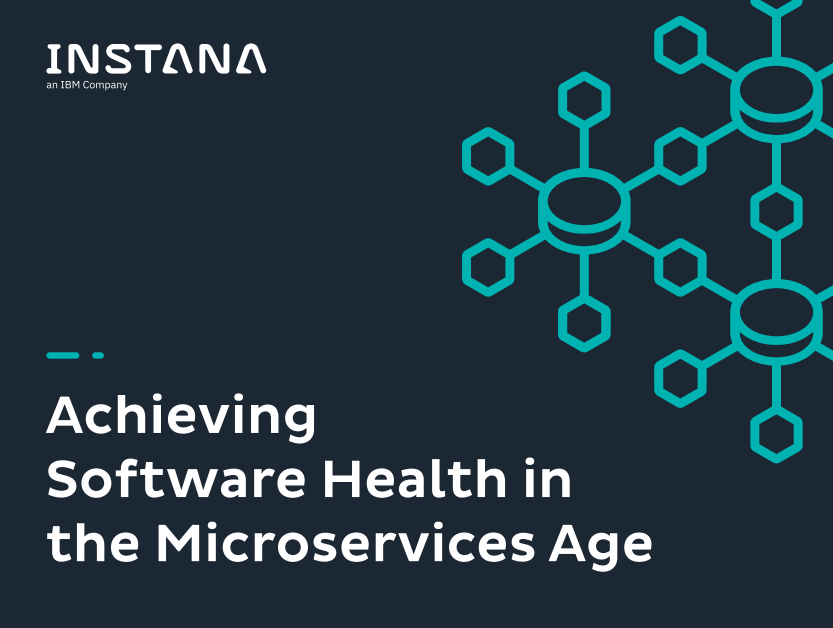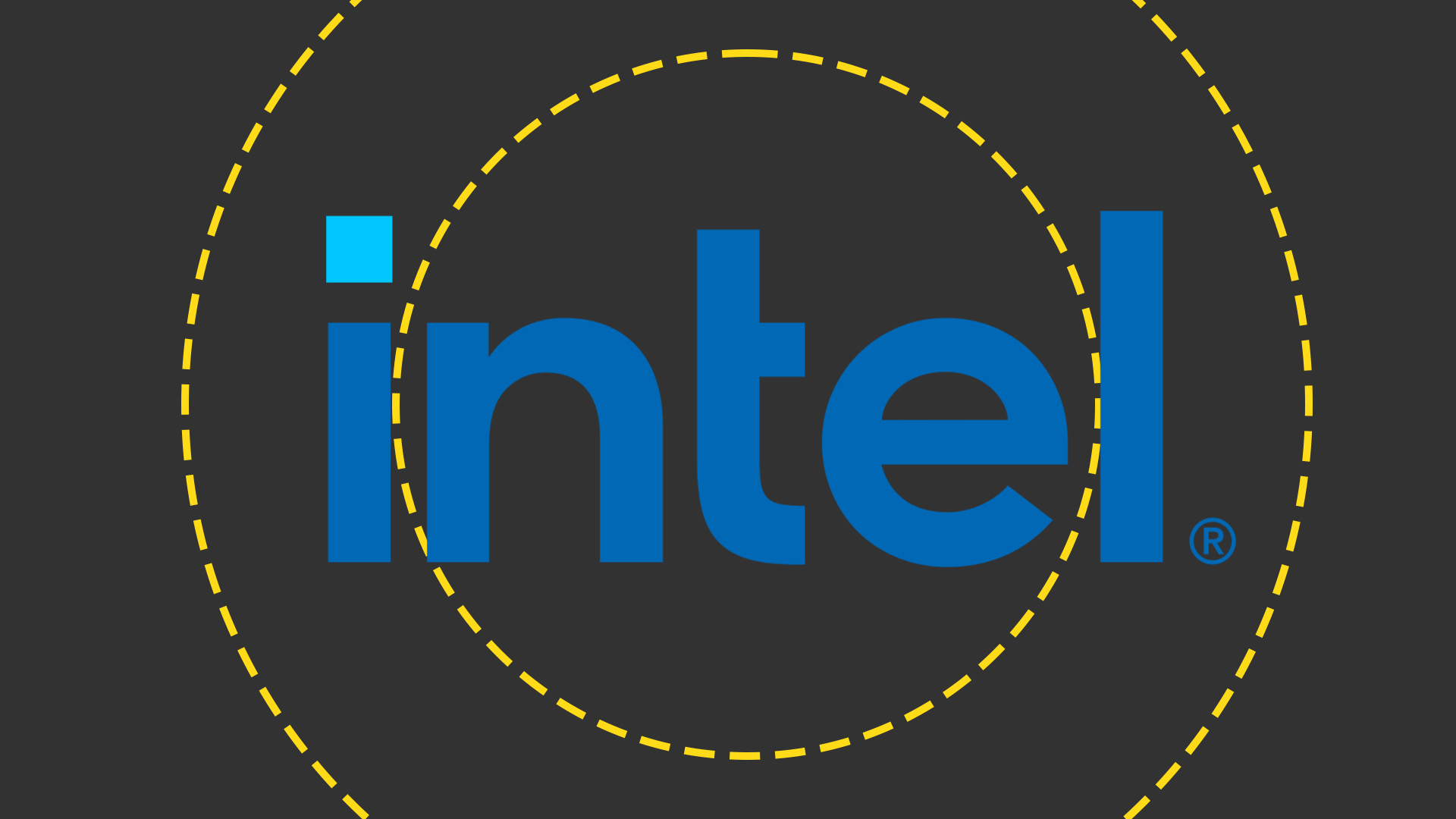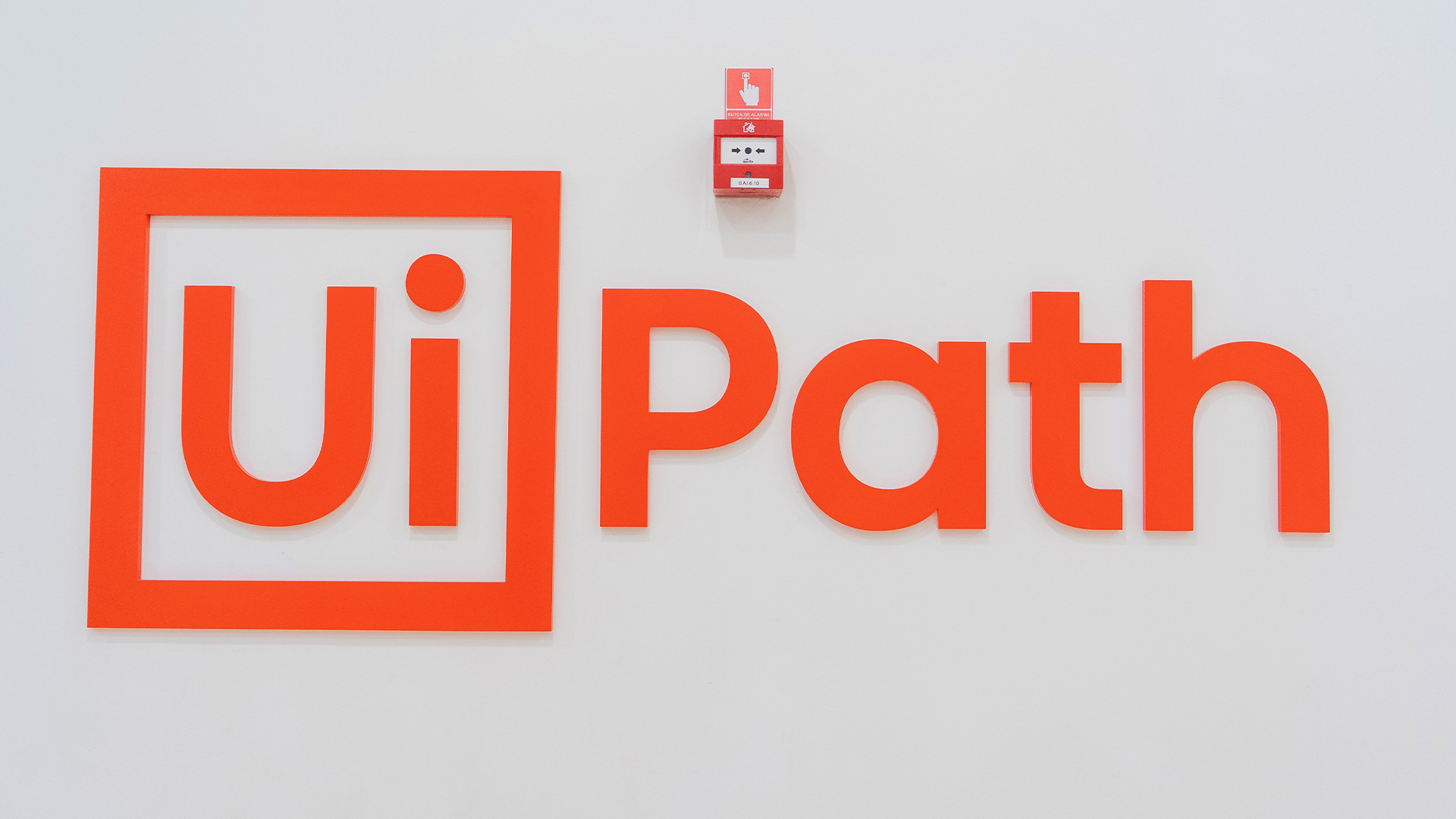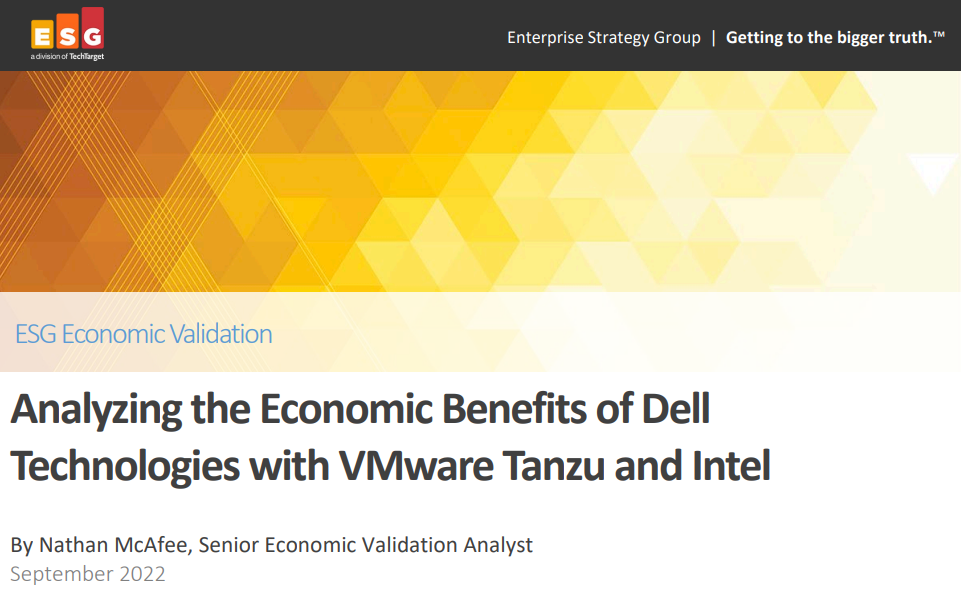What is a microservices architecture?
Microservices development brings flexibility, but how does it work?


Microservices architecture is a type of application infrastructure that separates the functions of an application into smaller, self-contained parts, which can then be reused for other purposes.
To explain, picture an application that is made to enter an active state when it receives an SMS message. Within traditional application development, every aspect of its function is coded as part of one central codebase.
However, under microservices architecture, the three main functions of the app are instead split into three: one that's designed to receive SMS messages and process them, one created to interpret the content of messages, and one more built to take this interpretation and initiate a command of 'on' or 'off'.
Because each component of the overall application is working independently of the rest, they can be deployed, updated, or replaced without having to rebuild the entire product. In the above example, it would allow you to change what happens when an SMS is received without having to rewrite the function that detects them, or change the application to activate when an email is received instead.
The same is not true for 'monolithic' applications, which have to be rewritten as an entire unit in order to add or remove features, or apply updates.
How do microservices work?
Many firms that deploy microservices architecture use containers to house the individual functions as described above. Each container is its own self-contained unit of software, within which lies the necessary libraries and functions to ensure it can carry out its designated task regardless of its surrounding environment.
Containers are a very helpful way for a development team to make microservices architecture a reality, due to their versatility and small size compared to virtual machines (VMs).
Sign up today and you will receive a free copy of our Future Focus 2025 report - the leading guidance on AI, cybersecurity and other IT challenges as per 700+ senior executives
It is typical for administrators to maintain oversight of these containers through Kubernetes, a popular tool for orchestrating multiple containers wherever they are deployed, and this can also be used to group containers and allocate resources depending on demand.
Although microservices can be established and run independently of the wider software application, it is still necessary for communication to be maintained across the application so that it works correctly. Application programming interfaces (APIs) are the chief route through which this form of communication can be established, as these allow microservices to pass commands between each other as and when required. HTTP and REST (representational state transfer) is normally used for this.
Benefits of microservices architecture
RELATED RESOURCE

Achieving software health in the microservices age
Tips and tricks for the new and emerging remediation methods
The main benefit of microservices architecture is stability, with components being easy to exchange when they need to be modified or replaced. One microservice failing does not necessarily affect the performance of the wider ecosystem, with one function instead ceasing to work properly in a manner that can be identified and fixed with little overall impact.
Adopting this kind of architecture can also have benefits for the speed of development, too. Because functions within a microservices architecture are not interdependent, different teams within an IT organisation can be working on different microservices in the same application simultaneously. This means bug fixes and new features can be added faster, which is one of the reasons why DevOps and microservices often go hand in hand.
If a business chooses to use containers to deploy microservices, these can also be reused. This can free up resources that might otherwise be lost to application redundancy. Another benefit is the fact that, because they're self-contained, microservices can be coded in any programming language.
This article was first published on 23/09/19 and has since been updated
Rene Millman is a freelance writer and broadcaster who covers cybersecurity, AI, IoT, and the cloud. He also works as a contributing analyst at GigaOm and has previously worked as an analyst for Gartner covering the infrastructure market. He has made numerous television appearances to give his views and expertise on technology trends and companies that affect and shape our lives. You can follow Rene Millman on Twitter.
-
 Researchers claim Salt Typhoon masterminds learned their trade at Cisco Network Academy
Researchers claim Salt Typhoon masterminds learned their trade at Cisco Network AcademyNews The Salt Typhoon hacker group has targeted telecoms operators and US National Guard networks in recent years
-
 HPE says unified channel strategy won't force Juniper partners to generalize
HPE says unified channel strategy won't force Juniper partners to generalizeNews Does the company embrace specialists or want a full portfolio push? The answer, it seems, is both
-
 UK firms are pouring money into AI, but they won’t see a return on investment unless they address these key issues
UK firms are pouring money into AI, but they won’t see a return on investment unless they address these key issuesNews An SAP report projects increased AI investment, but cautions that too many organizations are taking a fragmented approach
-
 Intel makes high-level hires while factory workers are warned of layoffs
Intel makes high-level hires while factory workers are warned of layoffsNews The company is appointing four senior executives as part of efforts to refocus on engineering and customer relationships
-
 UiPath names Simon Pettit as new AVP for UK and Ireland
UiPath names Simon Pettit as new AVP for UK and IrelandNews The seasoned leader will spearhead region-specific transformation projects as UiPath looks to drive operational growth and customer engagement
-
 How to empower employees to accelerate emissions reduction
How to empower employees to accelerate emissions reductionin depth With ICT accounting for as much as 3% of global carbon emissions, the same as aviation, the industry needs to increase emissions reduction
-
 Worldwide IT spending to grow 4.3% in 2023, with no significant AI impact
Worldwide IT spending to grow 4.3% in 2023, with no significant AI impactNews Spending patterns have changed as companies take an inward focus
-
 Report: Female tech workers disproportionately affected by industry layoffs
Report: Female tech workers disproportionately affected by industry layoffsNews Layoffs continue to strike companies throughout the tech industry, with data showing females in both the UK and US are bearing the brunt of them more so than males
-
 How can small businesses cope with inflation?
How can small businesses cope with inflation?Tutorial With high inflation increasing the cost of doing business, how can small businesses weather the storm?
-
 Analyzing the economic benefits of Dell Technologies with VMware Tanzu & Intel
Analyzing the economic benefits of Dell Technologies with VMware Tanzu & IntelWhitepaper ESG economic validation
